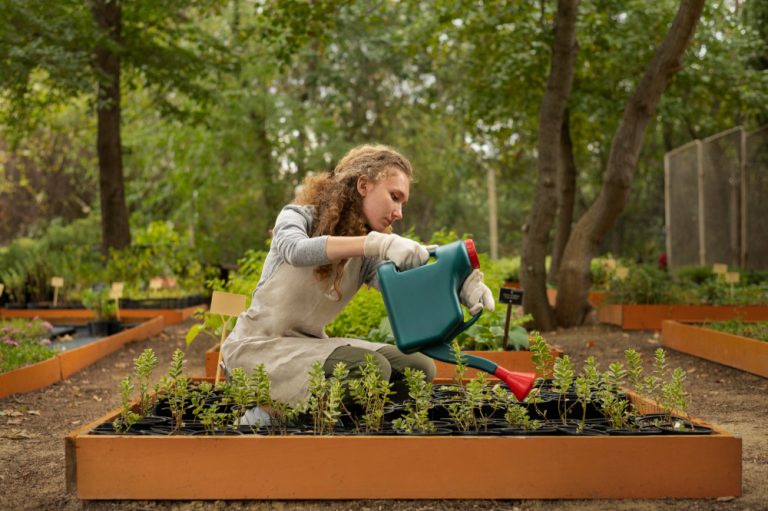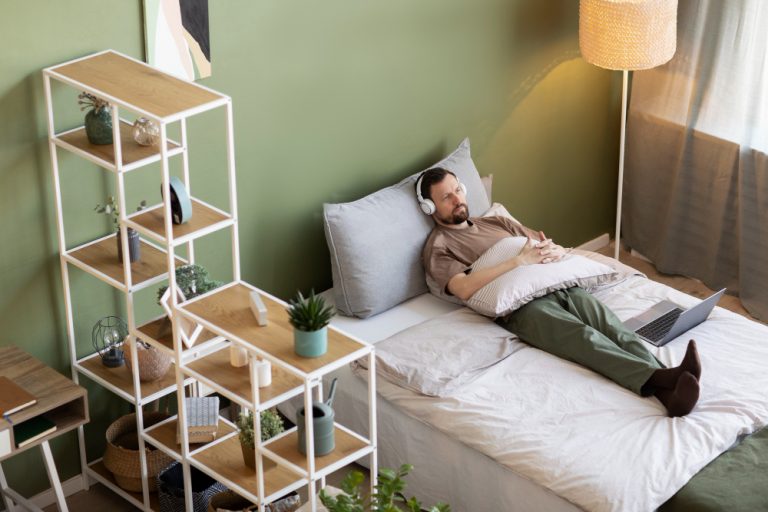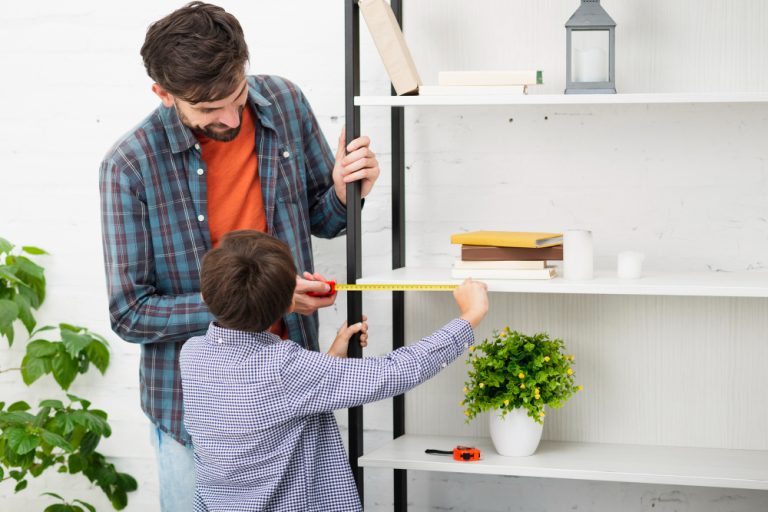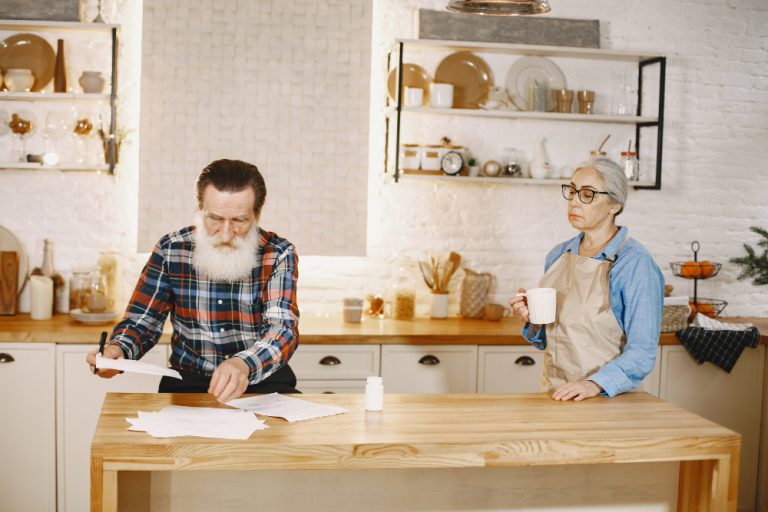DIY planter ideas make it easy to turn everyday items into unique plant holders. With a little creativity, you can build budget-friendly, stylish planters that fit any space—indoors or outdoors.
Turning simple materials into beautiful planters is one of the easiest ways to bring life and personality to your home or garden. Many people struggle with store-bought options that feel expensive or lack character, but making your own planters solves both problems. With the right ideas, anyone—even beginners—can create planters that are functional, affordable, and full of charm.
This guide will walk you through practical DIY planter ideas, from quick projects using recycled items to creative builds that look like designer pieces. Let’s explore each idea step by step so you can start crafting planters that match your style and space.

Benefits of DIY Planters
Cost Savings
Store-bought planters can get expensive, especially if you want large or decorative pieces. Creating your own saves money and lets you repurpose items you already own.
A simple tin can, wooden crate, or leftover jar can be turned into a stylish container for just the cost of soil and paint. According to Better Homes & Gardens, homemade garden projects often cut costs in half compared to retail prices.
Customization and Style
DIY planters give you full control over color, shape, and size. Unlike store-bought pots, you can match them with your home décor or outdoor space.
Want a rustic wooden look? Or a modern concrete finish? The design choices are endless. By personalizing your planters, you make your plants stand out while adding your own touch of creativity.
Eco-Friendly Choices
Many DIY planter ideas rely on recycling or upcycling. Old furniture, plastic bottles, and metal containers can all be turned into functional plant holders.
This not only cuts waste but also supports sustainable gardening practices. According to the EPA, reusing household items reduces landfill waste and saves resources. By making planters from items that would otherwise be thrown away, you’re contributing to a greener lifestyle.
Simple DIY Planter Ideas for Beginners
Tin Can Planters

Tin cans are one of the easiest starting points. Clean the can, punch a few holes in the bottom for drainage, and paint the outside to match your style. These work well for herbs like basil or mint. You can even group several cans together for a small kitchen garden.
Mason Jar Planters

Mason jars are both practical and decorative. They can be used for succulents, cacti, or small herbs. Adding a layer of stones at the bottom helps with drainage. Jars look especially charming on window sills or hung with twine. For extra inspiration, check guides from HGTV.
Wooden Box Planters

A simple wooden box can become a planter with minimal effort. Line it with plastic, drill small holes for drainage, and fill it with soil. Wooden boxes give a rustic feel and are perfect for flowers or leafy greens. They can be placed indoors or outdoors and painted to resist weather.
Creative and Stylish DIY Planter Projects
Hanging Planters

Hanging planters save space and add a decorative touch. They can be made from macramé, rope, or repurposed baskets. This style is perfect for trailing plants like pothos or ivy. Hanging planters also work well in small apartments where floor space is limited.
Vertical Planter Walls

Vertical gardens turn plain walls into lush displays. You can build one using wooden pallets or metal frames. These planters maximize space and create a striking green feature. Vertical setups are ideal for herbs, flowers, or even small vegetables.
According to University of Florida IFAS Extension, vertical gardening helps improve air quality and saves space in urban homes.
Upcycled Furniture Planters

Old dressers, chairs, or even bathtubs can become unique planters. By cutting out sections and adding soil, furniture takes on a second life.
This approach works well for larger plants or mixed arrangements. Not only do these pieces look artistic, but they also prevent bulky items from going to waste.
Outdoor DIY Planter Ideas
Concrete Planters

Concrete planters are sturdy and perfect for outdoor use. They stand up to rain, heat, and cold without damage. To make one, pour cement into a mold such as a plastic bucket or cardboard box.
Once dry, remove the mold and sand the edges. Concrete planters give a modern look and can hold larger plants like small trees or shrubs. For step-by-step guides, check Family Handyman.
Tire Planters

Old tires can be turned into colorful and durable planters. Clean the tire, paint it in bright shades, and fill it with soil.
Tires are large enough for flowers, vines, or even vegetables. Hanging a tire planter against a wall also creates a fun outdoor accent. Using tires keeps bulky waste out of landfills, making this option both eco-friendly and practical.
Large Wooden Planters

Big wooden planters are a great choice for patios or gardens. They can be built from cedar, pine, or reclaimed wood. These planters allow for deep root growth, making them ideal for tomatoes, peppers, or small fruit trees. Adding casters to the bottom makes them easier to move around. For long-lasting results, seal the wood to protect it from moisture, as recommended by Fine Gardening.
Small-Space DIY Planter Ideas
Balcony Railing Planters

Railing planters save floor space and bring greenery to balconies. They can be made by attaching wooden boxes or metal troughs directly to the railing. These planters are great for herbs, flowers, or cascading plants. Secure brackets are important to keep them stable in wind.
Tiered Planters

Tiered designs use vertical stacking to fit more plants in less space. You can build them with wooden shelves, stacked crates, or even terracotta pots of different sizes. Tiered planters work well for strawberries, succulents, or herbs. They are especially helpful in small patios where every inch counts.
Wall-Mounted Planters

Wall-mounted planters add life to plain walls while saving room. You can use wooden frames, hanging pockets, or mounted pots. This style is popular for indoor herb gardens or decorative displays in living rooms. According to University of Illinois Extension, vertical and wall-mounted gardens are excellent for people with limited ground space.
DIY Planter Care and Maintenance Tips
Drainage Solutions
Good drainage is key to healthy plants. Without it, roots can rot. Drill holes in the bottom of your planter and add a layer of gravel or stones before the soil. For planters without holes, add a small insert pot inside that drains into a saucer.
Painting and Sealing
DIY planters last longer when sealed or painted. For wooden planters, use outdoor wood sealer to protect against water damage. Metal planters benefit from rust-resistant paint. Concrete planters can also be sealed to prevent cracks. Following these steps extends the life of your planter and keeps it looking fresh.
Choosing the Right Soil
Different plants need different soils. Herbs and flowers do well in lightweight potting mixes, while succulents need fast-draining sandy soil. Always use fresh soil rather than digging from the yard, as garden soil can carry pests and weeds. For soil selection tips, check University of Minnesota Extension.
Frequently Asked Questions
What materials can I use for DIY planters?
You can use wood, metal, concrete, glass, plastic, or recycled items like cans and jars. Almost anything that can hold soil and has drainage can work.
Do DIY planters need drainage holes?
Yes, drainage is essential. Without it, plants may suffer root rot. If the container cannot be drilled, use an inner pot with holes.
Can I keep DIY planters outdoors year-round?
Concrete, metal, and sealed wood planters can handle outdoor conditions. For fragile materials like glass or untreated wood, bring them indoors during harsh winters.
How can I make planters look professional?
Paint them in modern colors, use clean lines, and group plants with similar needs together. Small touches like decorative stones or matching saucers improve the look.
Conclusion
DIY planter ideas open the door to affordable, creative, and eco-friendly ways to decorate with plants. From simple tin cans to bold vertical gardens, there is a project for every skill level and space.
With the right care—good soil, drainage, and sealing—your homemade planters will stay strong and stylish for years. Whether you live in a small apartment or have a large backyard, these projects let you enjoy greenery in a personal and unique way.
Read More:







